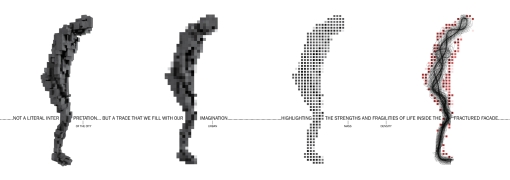On the 6th of December we had a UNSW BE Postgraduate Conference, it is the first one we ever had and when I was told that there would be such an event, I had no ideas on it—what would it be? About 2 months ago, Christine had a meeting with us to discuss our expectations on the conference; I suppose this is the unique aspect of this event—it aims at dealing with the problems we concerned with when doing research.
The conference began with seminars on generic skills (publication issues and ethics applications), followed by presentations by research cluster heads. It was surprising to hear that there are already three research clusters in the faculty (I only knew one) and research students can be a member of these clusters if they have interests. Sometimes I feel that there are disconnections between research students and researches undertaking within the faculty, obviously these research clusters can provide opportunities for us to be more involved in the faculty, and also facilitate the communications between research students.
But it was a bit disappointing when the poster presentations began, I originally thought that there would be supervisors and other researchers of the faculty but unfortunately I couldn’t find any. Obviously this session offered an opportunity for us to share our research experiences with each other, but it might be better if we can also get some feedbacks from other researchers in the faculty.

Students in paper presentation session
After a BBQ lunch, we had two concurrent writing workshops, thank Christine to invite teachers from the learning centre. I went to the one on dealing with data, I think the most important aspects of this workshop are that it pointed out the key issues in this aspect and we can then share our experiences. Lastly we had a recent BE graduate’s question and answer panel, but it is a pity that I didn’t attend it.
We finally reached our fun time—the Christmas party. There were two very excited lucky draw moments with very tempting prizes, but unfortunately I am not the lucky one. Actually I never win in such events and maybe we can have some small games in the party next year so that I don’t need to rely entirely on my luck (just joking)!!

Participants in BBQ lunch and Christmas party
The conference is very helpful indeed and a good practice for me as I gave a presentation, hopefully we can continue it next year.
Great thanks to the organizers (Christine, Suzie, Bronwen…), all the participants of the conference and party, and of course our associate dean of research Bill Randolph, who sponsored the event. Happy new year to everyone!
Written by Wenjie Cai
















